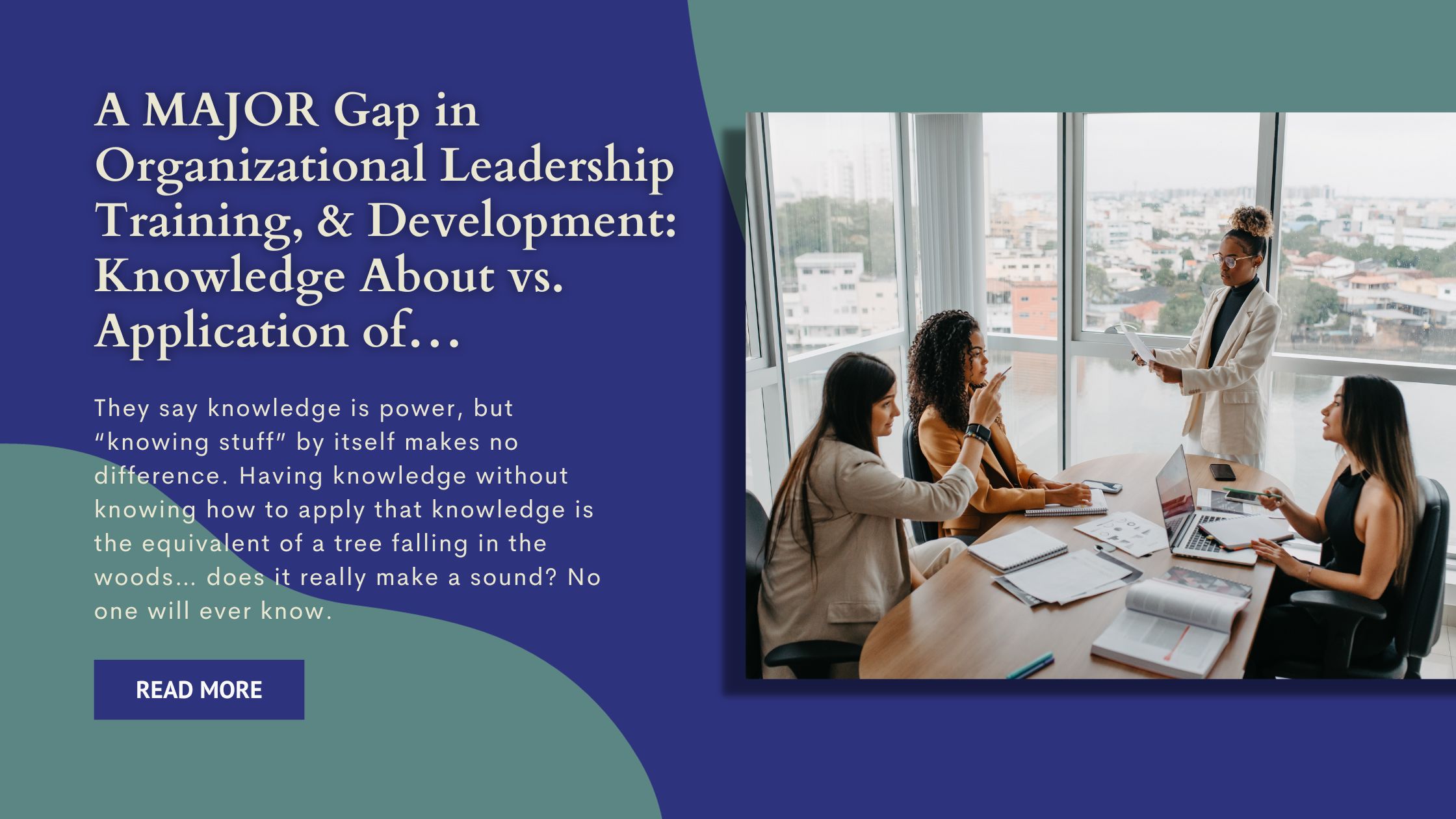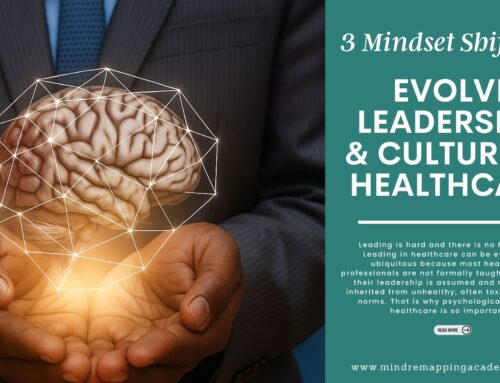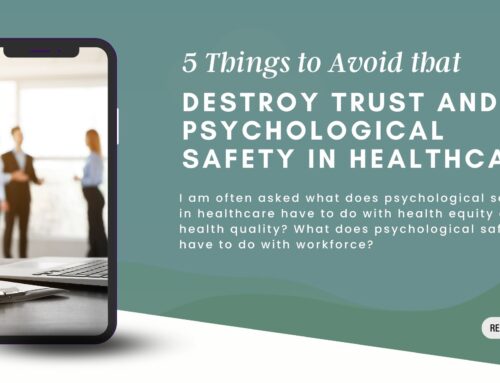
This week I’ve had two conversations with colleagues about a phenomenon that I’ve been noticing with organizations with whom I’ve been connecting. That is the gap between learning about and the application of…
I have had more than a few conversations with leaders lately that often want to share with me the robust trainings they have provided for their organization. They may even have strategic plans formed. But when I ask about how is it going day to day since the trainings, I often get a “Well….. “ followed by a “what had happened was…” kind of answer. Almost always the case, I discover, when I dig deeper is that these trainings are primarily filled with theory and concepts. While theory and concepts are great foundations of knowledge, they leave a gap which doesn’t allow a company to produce results with their teams, leaders, employees, and staff.
Let’s distinguish why this is the case.
Learning is primarily a passive process. When we are learning, we absorb information and ideas. That may involve mental exercises like critical thinking, analysis, and memorization which, while valuable on some level, don’t necessarily translate directly into practical skill. Learning serves as the foundation upon which skill development is built. It provides the necessary context, vocabulary, and understanding to perform a skill effectively. But it doesn’t provide the skill itself.
Applying a skill is a proactive and hands-on process. It requires active engagement. It involves putting knowledge into practice and using it in real-world situations. But most important, it requires actual knowledge of the “how to”… the steps to applying the knowledge, concepts, ideas that were learned. This is where theory meets practice.

The problem with most trainings when people don’t have that “how to” process, it leads to inaction or worse harmful and damaging actions. It is unrealistic to think that one can go from learning a brand new concept to effectively being able to apply it if they have not been given a “how to” process (including a framework, language, and ongoing coaching/feedback). Take a team of people running an organization trying to do this and you often get conflicting action, and inconsistent if any results that lead to the belief that the concept, they learned was of no value in the first place.
As a psychological safety and anti-racism educator, consultant, and trainer, what I find as I have gone into organizations to train leadership on “how to” BE psychologically safe, trauma informed, and emotionally intelligent so that they can foster and infuse these things into the culture, that self-understanding and practice of the knowledge has led to the ability to better apply the concepts and ideas to their day to day work (whatever role they occupy). This leads to projects, policy formation, and an overall improved culture.
They say knowledge is power, but “knowing stuff” by itself makes no difference. Having knowledge without knowing how to apply that knowledge is the equivalent of a tree falling in the woods… does it really make a sound? No one will ever know.
Learn more about Dr. Maiysha’s consulting and training. Bring the tools of trauma informed listening and speaking into your organization and create psychological safety for your leaders and staff. Increase productivity, employee satisfaction and retention. Contact us today and schedule a call with Dr. Maiysha to learn how we can improve your workplace culture. https://mindremappingacademy.com/corporate-programs










